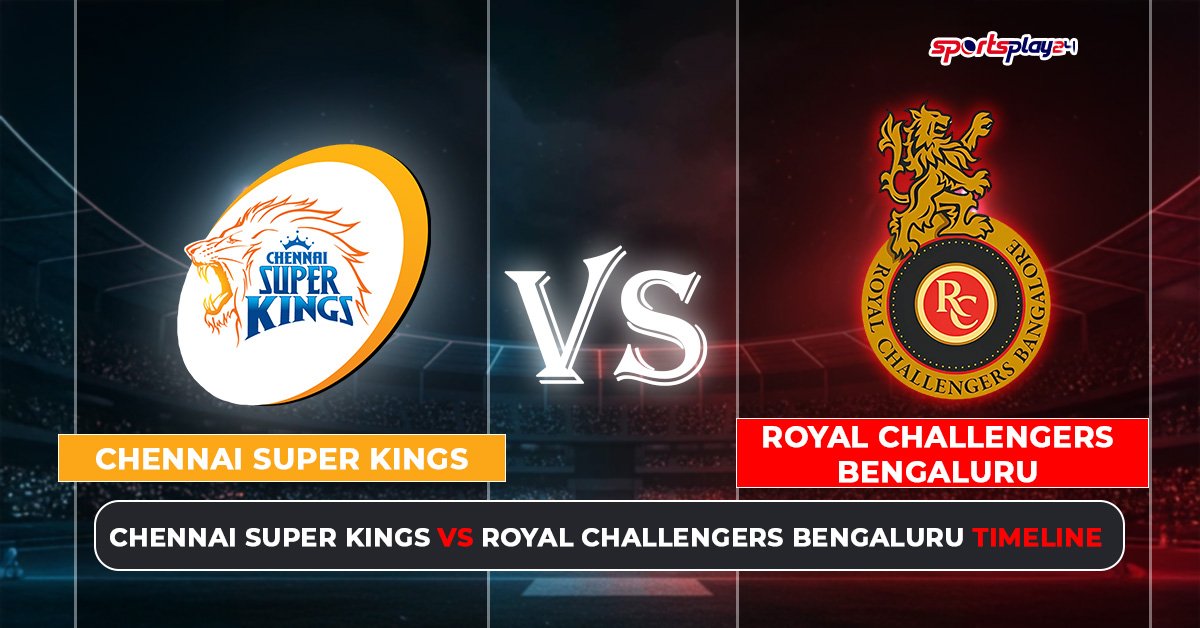
Chennai Super Kings vs Royal Challengers Bengaluru Timeline
The Chennai Super Kings vs Royal Challengers Bengaluru timeline highlights one of the most iconic

The Chennai Super Kings vs Royal Challengers Bengaluru timeline highlights one of the most iconic
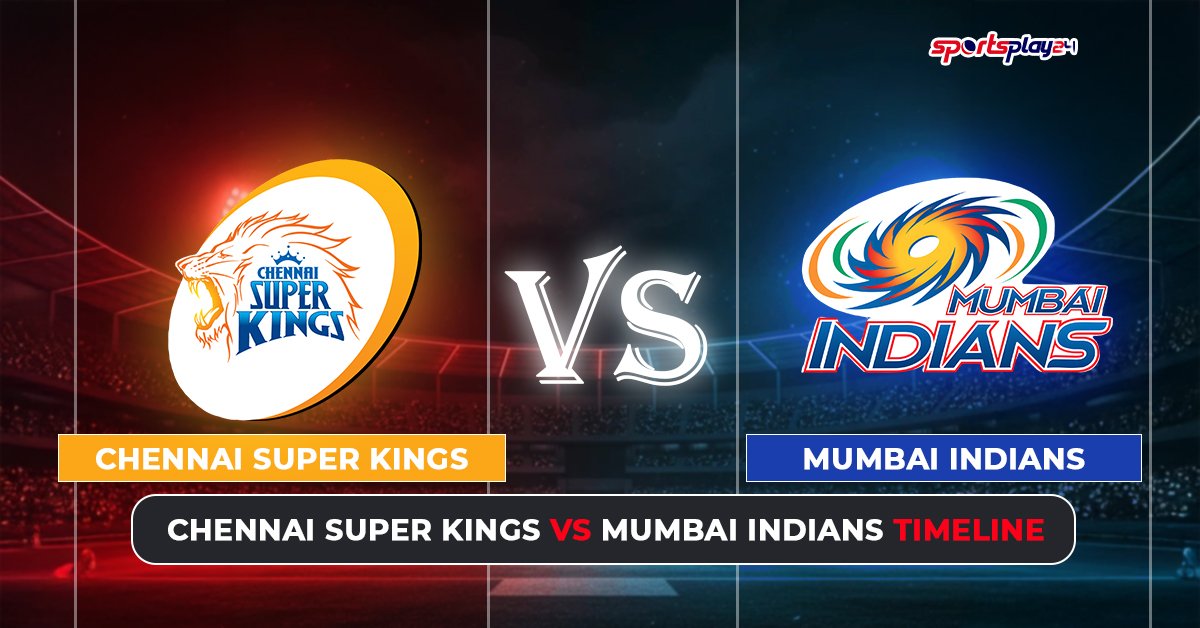
The Chennai Super Kings vs Mumbai Indians timeline represents the biggest and most iconic rivalry
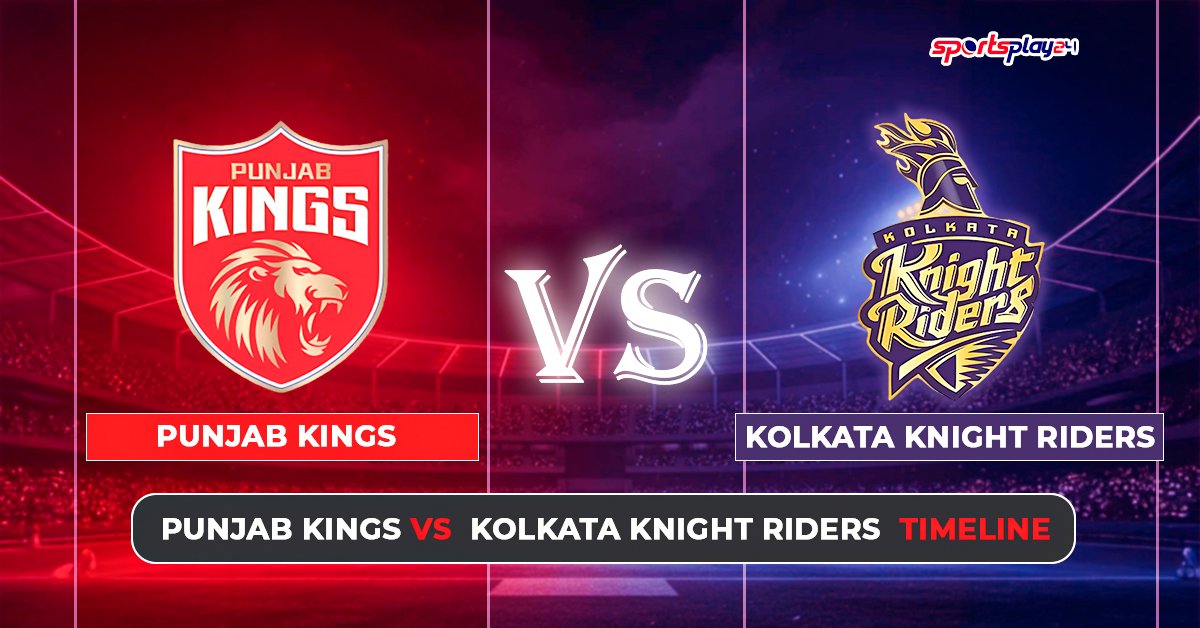
The Punjab Kings vs Kolkata Knight Riders timeline showcases one of the most dramatic and

The Mumbai Indians vs Punjab Kings timeline highlights one of the most entertaining and unpredictable

The Mumbai Indians vs Rajasthan Royals timeline is one of the most fascinating rivalries in

When UP Warriorz confirmed Meg Lanning as their captain for the Women’s Premier League (WPL)
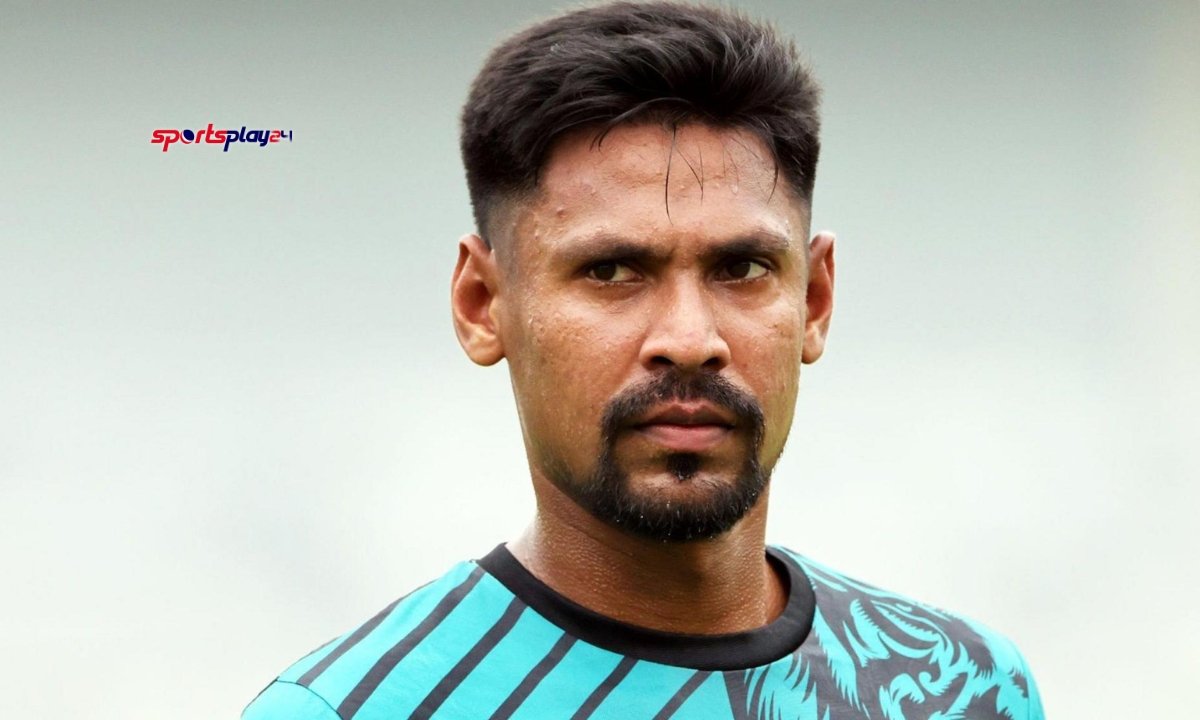
Bangladesh fast bowler Mustafizur Rahman will not be part of IPL 2026, despite being selected
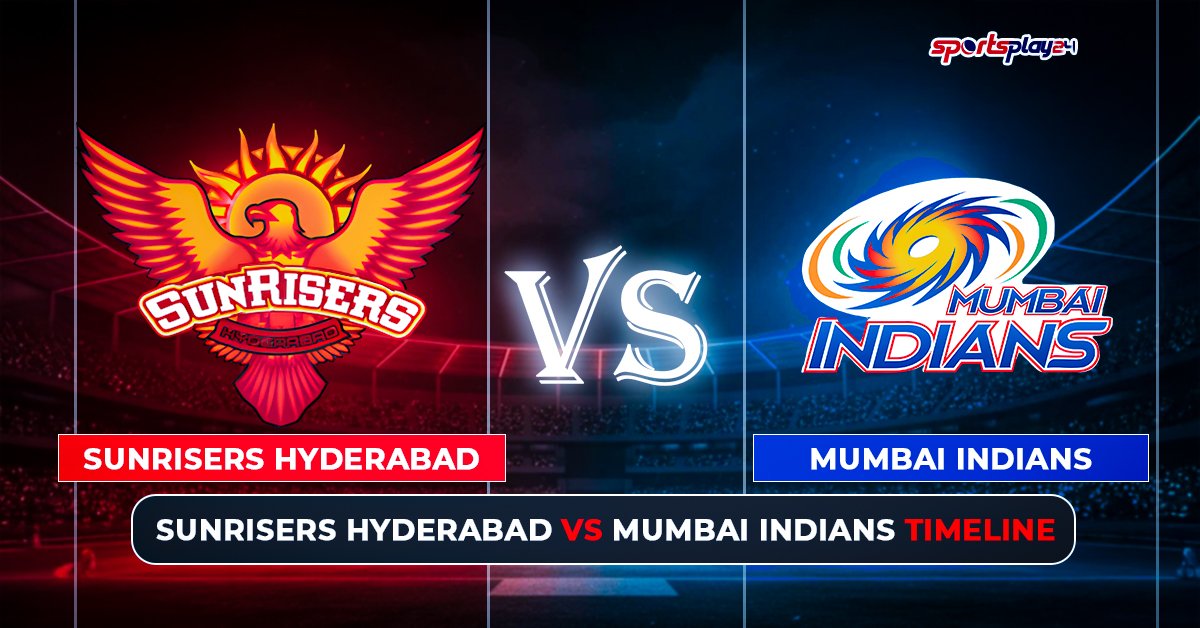
The Sunrisers Hyderabad vs Mumbai Indians timeline highlights one of the most competitive rivalries in

The Indian Premier League has always been a festival of sixes, boundaries, and unbelievable drama.

Indian all-rounder Axar Patel has evolved into one of the most reliable and impactful players






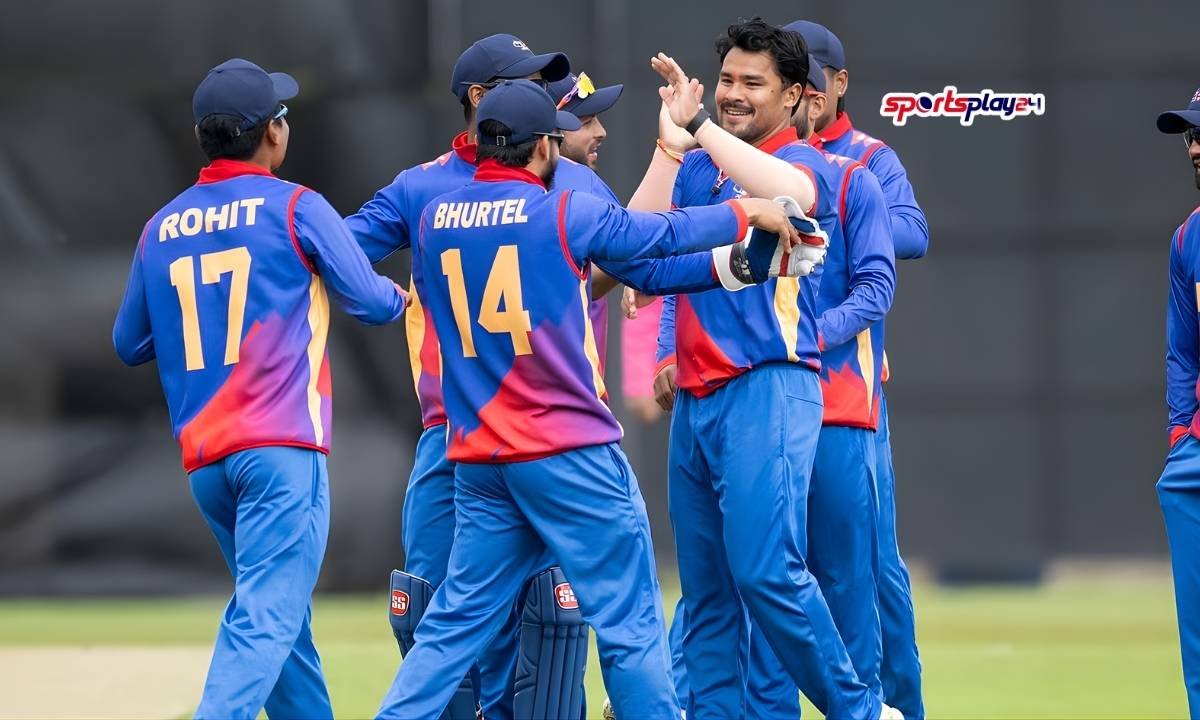
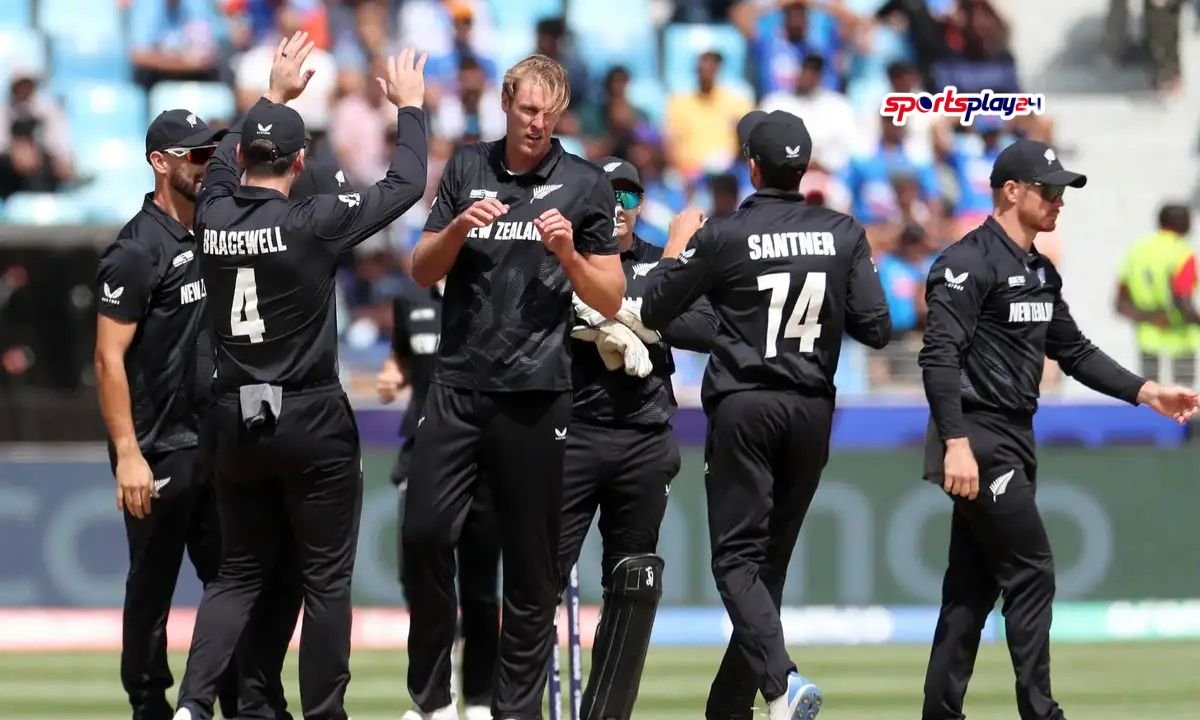
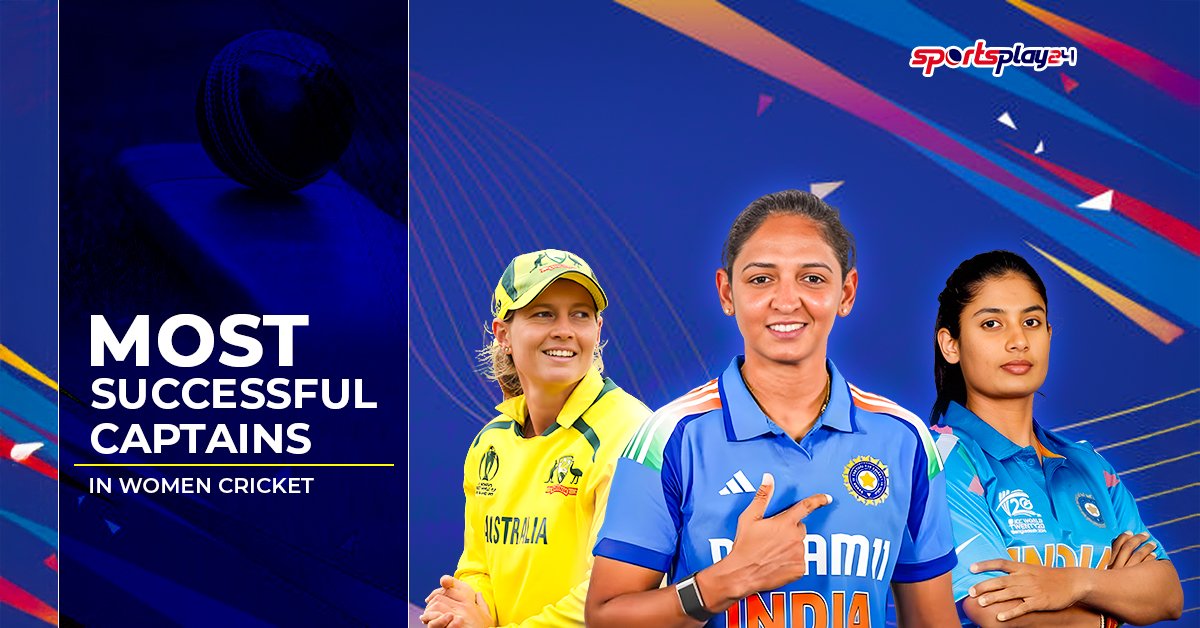
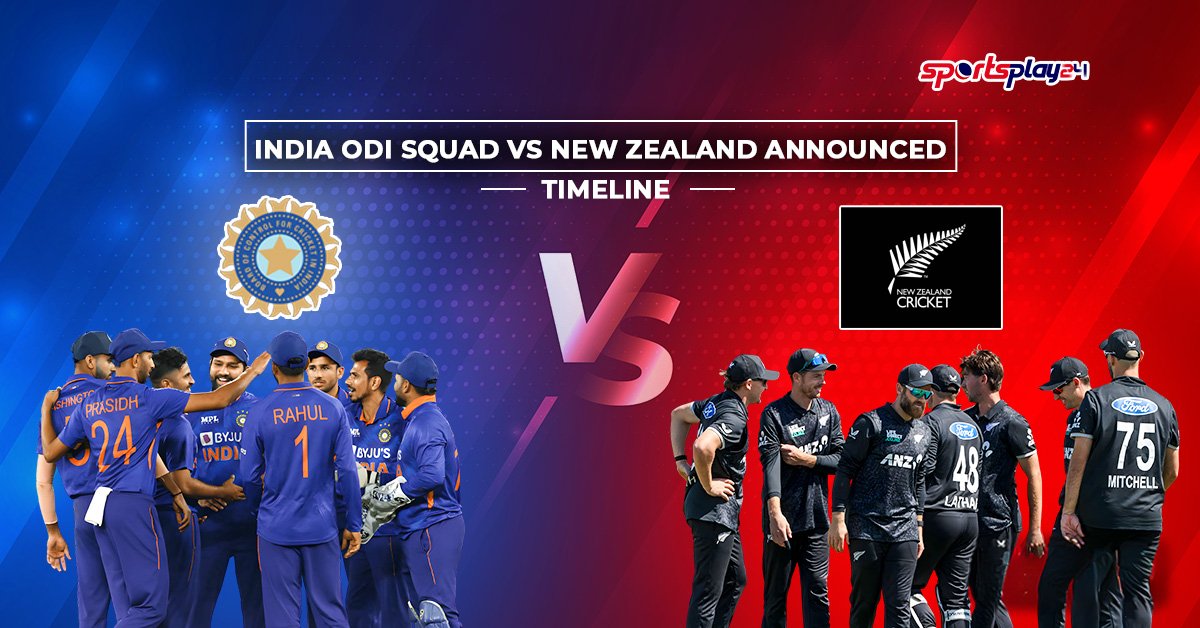
---Advertisement---





